Jesus at the Golden Gate
MT 21:6 The disciples went and did as Jesus had instructed them. 7 They brought the donkey and the colt, placed their cloaks on them, and Jesus sat on them. 8 A very large crowd spread their cloaks on the road, while others cut branches from the trees and spread them on the road. 9 The crowds that went ahead of him and those that followed shouted, "Hosanna to the Son of David!" "Blessed is he who comes in the name of the Lord!" "Hosanna in the highest!" MT 21:10 When Jesus entered Jerusalem, the whole city was stirred and asked, "Who is this?" MT 21:11 The crowds answered, "This is Jesus, the prophet from Nazareth in Galilee."
Tradition has it that Jesus and his disciples entered Jerusalem through the Golden Gate on the east wall of Jerusalem at the Temple Mount.
 |
| the walls of Jerusalem. The Golden Gate is at the right side of the photo |
The Golden Gate, as it is called in Christian literature, is the oldest of the current gates in Jerusalem's Old City Walls. According to Jewish tradition, the Shekhinah (שכינה) (Divine Presence) used to appear through this gate, and will appear again when the Messiah comes (Ezekiel 44:1–3) and a new gate replaces the present one; that is why Jews used to pray for mercy at the former gate at this location. Hence the name Sha'ar Harachamim (שער הרחמים), the Gate of Mercy. In Christian apocryphal texts, the gate was the scene of a meeting between the parents of Mary, so that Joachim and Anne Meeting at the Golden Gate became a standard subject in cycles depicting the Life of the Virgin. It is also said that Jesus passed through this gate on Palm Sunday. In Arabic, it is known as the Gate of Eternal Life. In ancient times, the gate was known as the Beautiful Gate (source: Wiki)
 |
| The Golden Gate (sealed) picture source: Wiki |
The Ottoman Sultan Suleiman the Magnificent sealed off the Golden Gate in 1541. While this may have been purely for defensive reasons, in Jewish tradition, this is the gate through which the Messiah will enter Jerusalem and it is suggested that Suleiman the Magnificent sealed off the Golden Gate to prevent the Messiah's entrance. The Muslims also built a cemetery in front of the gate, in the belief that the precursor to the Messiah, Elijah, would not be able to pass through the Golden Gate and thus the Messiah would not come. This belief was based upon two premises. First, according to Islamic teaching Elijah is a descendant of Aaron, making him a priest or kohen. Secondly, that Jewish priests are not permitted to enter a cemetery. This second premise is not wholly correct because a kohen is permitted to enter a cemetery in which primarily non-Jews are buried such as the one outside the Golden Gate (source Wiki).
In Christian eschatology, sunrise at east refers to Christ's
resurrection at dawn on Easter Sunday. Christian sanctuaries are often oriented
for congregational worship at an altar facing East.
 |
| Gates of Jerusalem (source; Wiki) |
What is the significance of this occasion when Jesus entered Jerusalem to celebrate Passover? He must have done it many times in the past. This event is significant because it marks the climax of God's salvation plan and the beginning of the end of Satan's dominion on earth. Another king is coming to claim the crown.
The significance of Jesus riding a donkey and having his way paved with palm branches is a fulfillment of a prophecy spoken by the prophet Zechariah (Zechariah 9:9). In biblical times, the regional custom called for kings and nobles arriving in procession to ride on the back of a donkey. The donkey was a symbol of peace; those who rode upon them proclaimed peaceful intentions. The laying of palm branches indicated that the king or dignitary was arriving in victory or triumph.
 |
| St. Stephen's Gate/ Lions' Gate |
 |
| road leading up to the Dung Gate |
.
Labels: Bible lands, Jerusalem, Jesus Christ







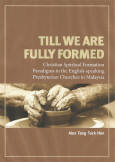
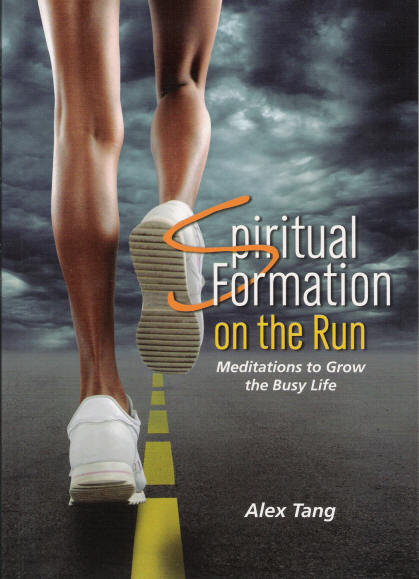
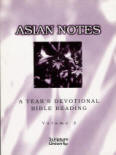
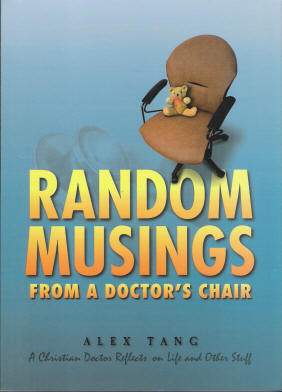




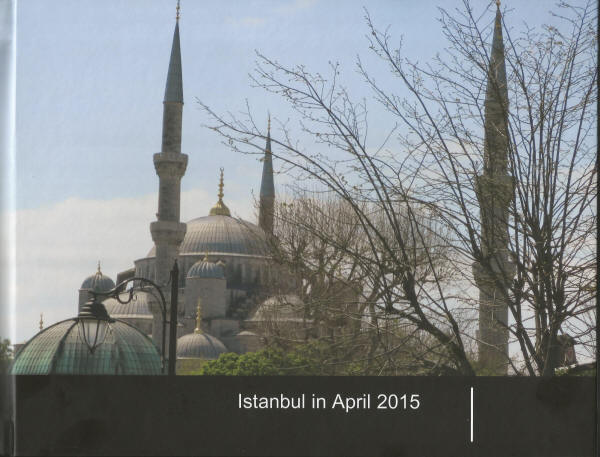
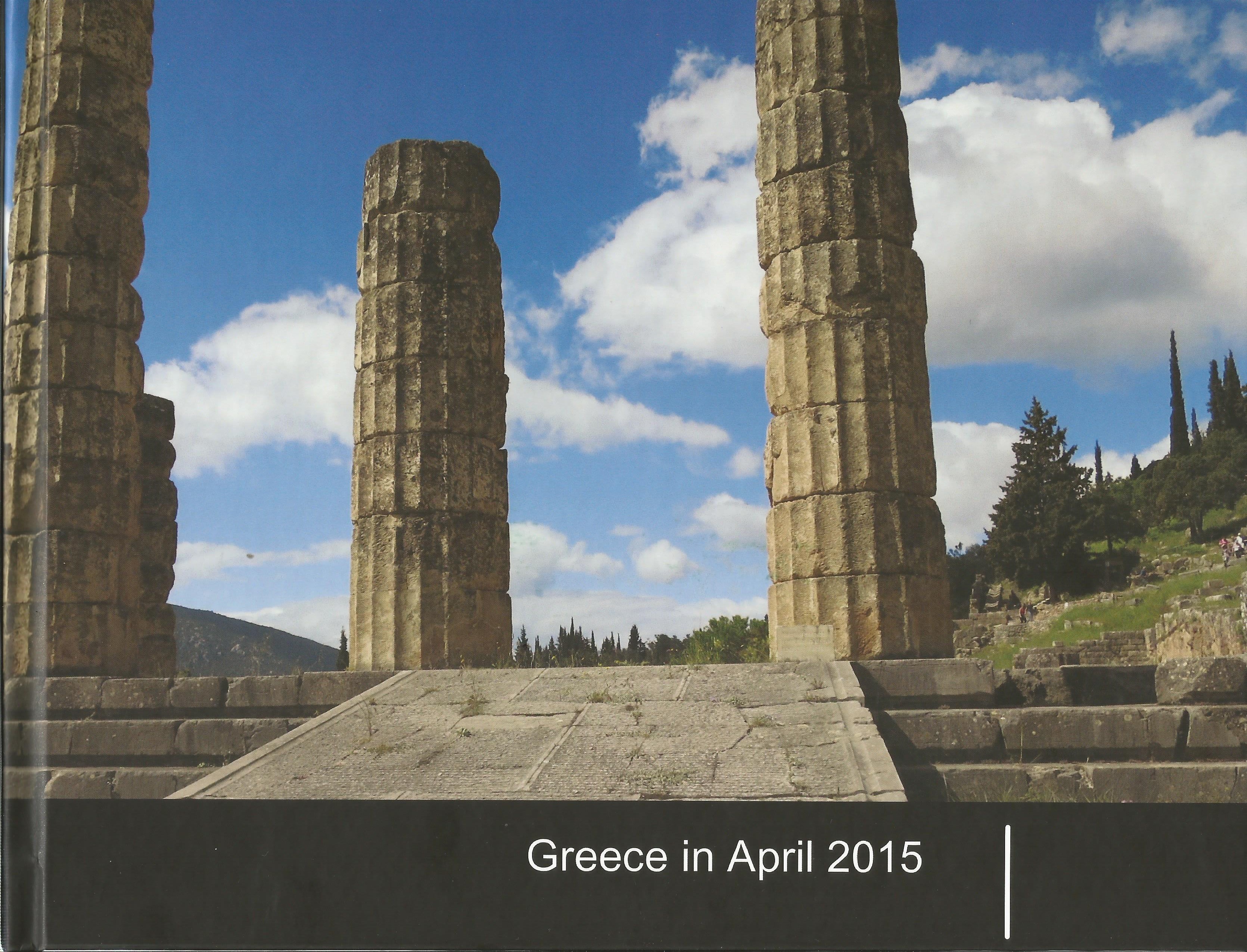
0 Comments:
Post a Comment
<< Home